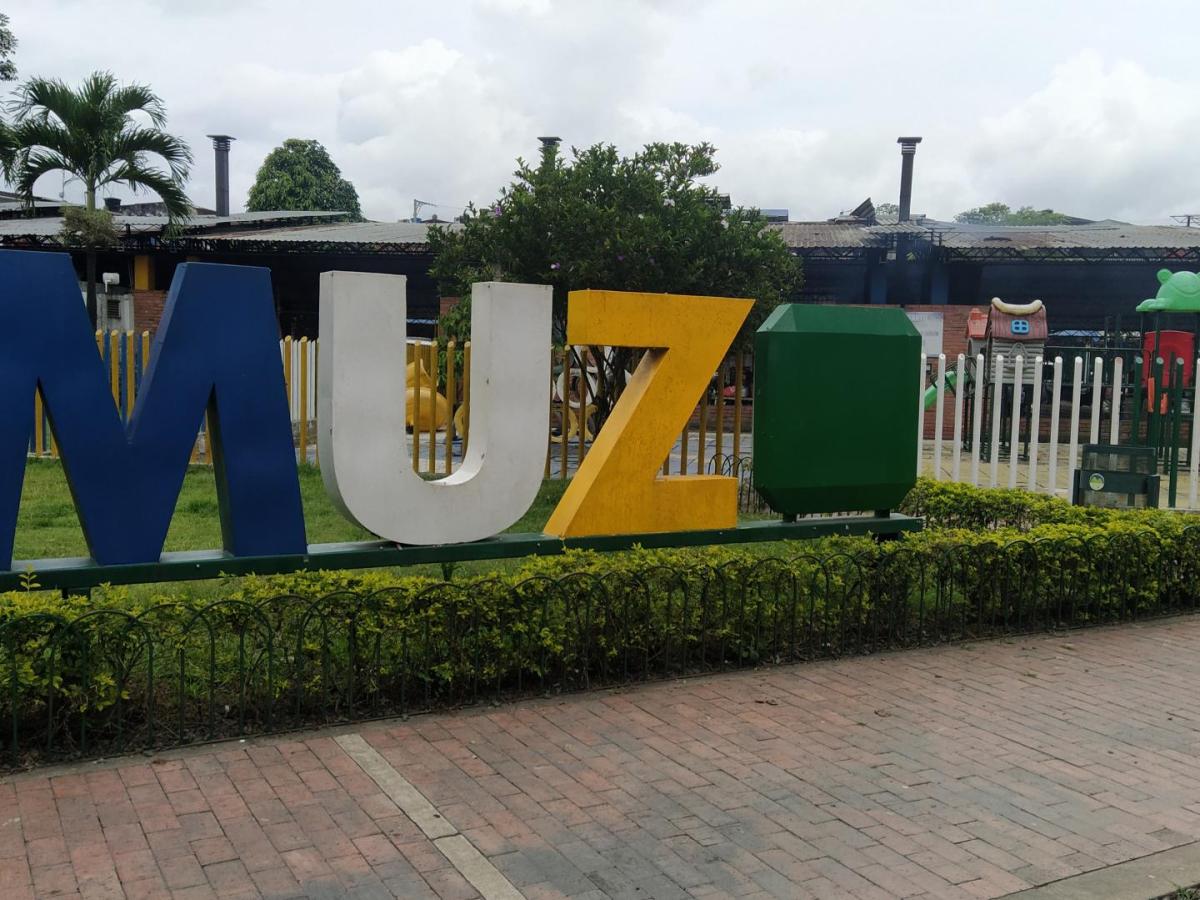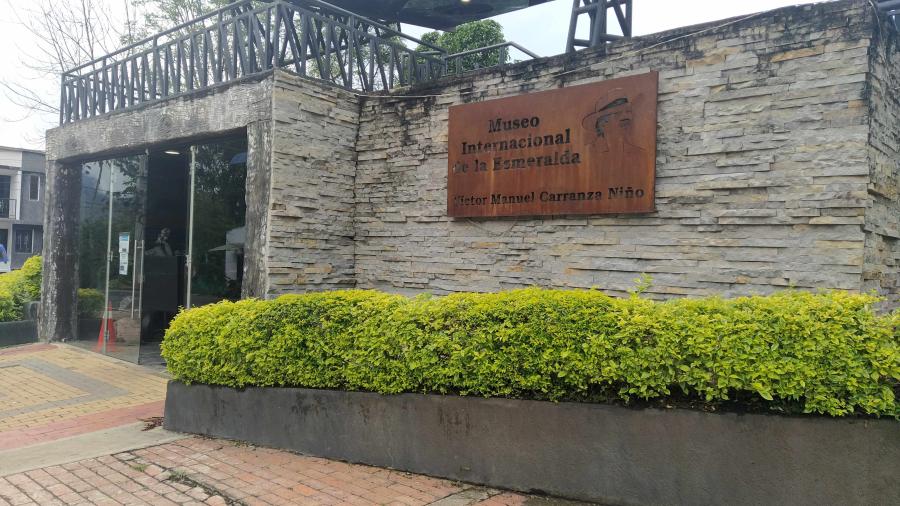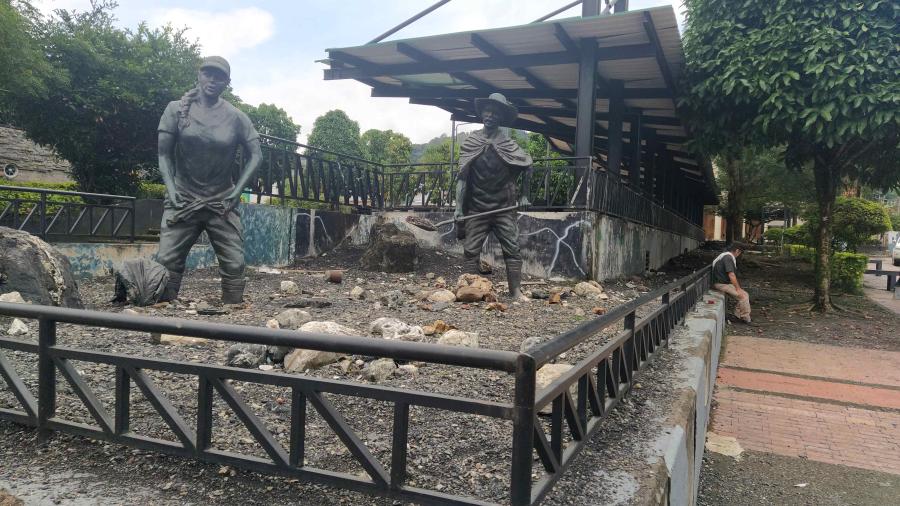
Muzo
The Story Behind the Emerald Capital of the World
Muzo, located in western Boyacá, is considered the emerald capital of the world. Since pre-Columbian times, its mines have produced some of the most famous green stones, known for their intense color, exceptional purity, and brilliance.
Pre-Columbian Era (before the 16th century)
The Muzo people, a warrior indigenous tribe, controlled the mines and regarded emeralds as sacred. They were used in rituals and as symbols of spiritual power.
Spanish Conquest (16th century – around 1537)
When the Spanish discovered Muzo’s wealth, they began forced exploitation. Indigenous resistance was fierce, but eventually, the conquerors took control of the mines.
The Spanish Crown organized emerald extraction, turning Muzo into a key mining center. Most of the gems were shipped to Europe, adorning crowns and temples.
Independence and Republic (19th century)
After Colombia’s independence, the mines came under state control. Concessions and contracts were granted, but corruption and legal disputes followed.
20th Century – Emerald Boom
Muzo solidified its status as the “Emerald Capital of the World.” Powerful traders and families emerged, but violent conflicts also erupted, known as the “Green War.”
Present Day (21st century)
Today, Muzo remains synonymous with high-quality emeralds, recognized worldwide. Mining processes are now more regulated, with a focus on responsible practices and sustainable development for the region.
Tú dijiste:

